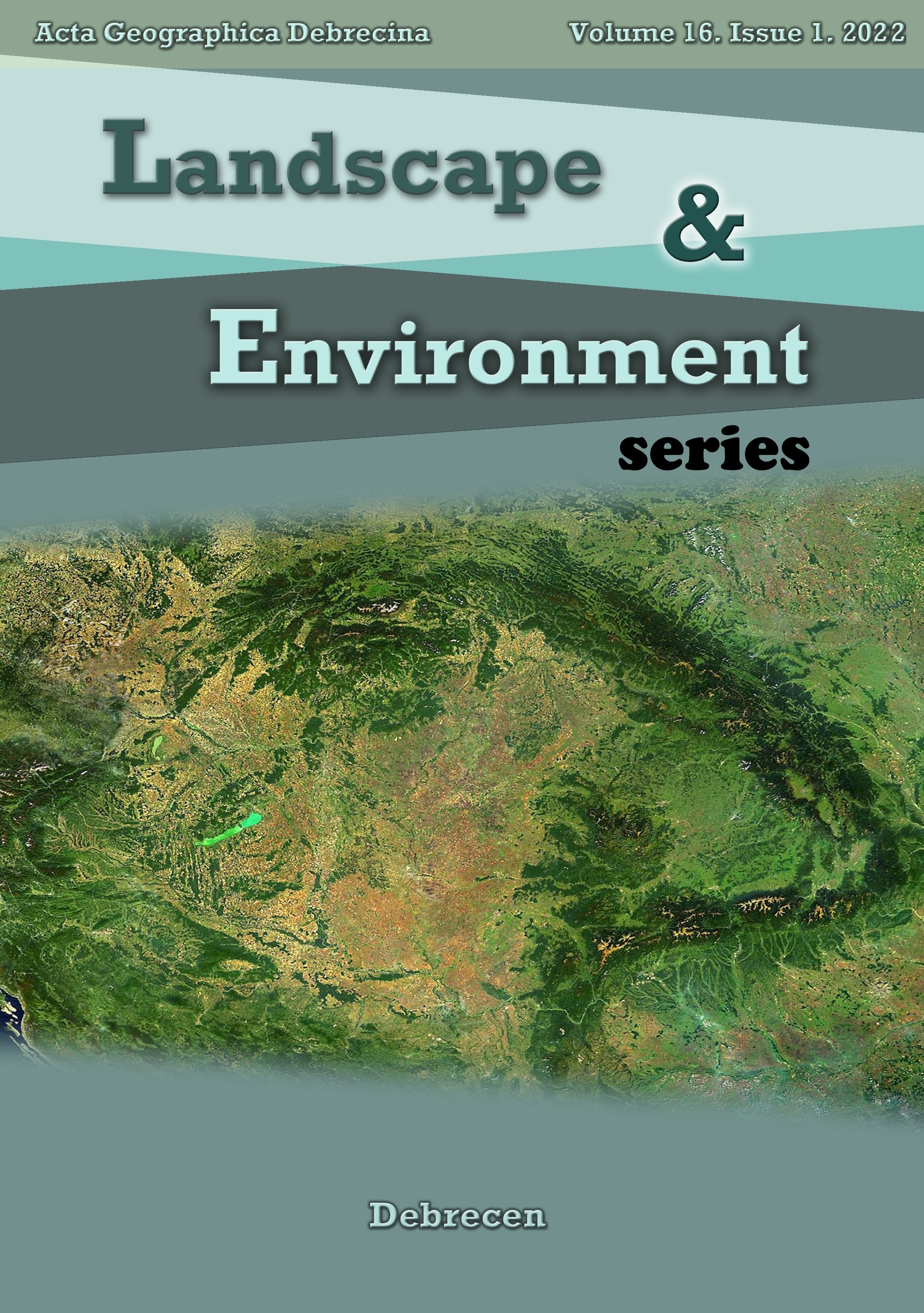Morphometric characteristics of a tropical river basin, central Kerala, India using geospatial techniques
Authors
View
Keywords
License
Copyright (c) 2022 Shabna Sherin, Arunkumar K.S

This work is licensed under a Creative Commons Attribution-ShareAlike 4.0 International License.
How To Cite
Abstract
The Thutapuzha watershed (TW) is one among the major tributaries of Bharathapuzha – the largest west flowing river in Kerala, India. Morphometric analysis was carried out to determine the spatial variations in the drainage characteristics and to understand the prevailing geologic variation, topographic information and structural setup of TW using Survey of India topographic maps and ASTER-DEM. Geoprocessing techniques has been used for the delineation and calculation of the morphometric parameters of the watershed. The TW sprawled over 1107Km2 and the study revealed that the watershed includes a sixth order stream and lower order streams mostly dominate the basin with a drianage density of 1.36 m/Km2 exhibiting highly resistant subsoil, dense vegetation, and low relief of surface nature . The study indicate that rainfall has a significant role in the drainage development whereas the drainage pattern is controlled by structure and relief. The watershed of TW is moderate to well-drained and exhibited a geomorphic maturity in its physiographic development. The shape parameters revealed the elongated nature of TW having less prone to flood, lower erosion and sediment transport capacities and drainage network development in the watershed. This study strongly brings to light that the drainage morphometric parameters have the enormou spotentiality to unveil the hydro-morphologicalcharacteristics of the river basins. Integrating hydro-morphological characteristics with conventional watershed assessment methods would have a beneficial effect on judicious watershed management, which helped to formulate a comprehensive watershed management plan.

 https://doi.org/10.21120/LE/16/1/1
https://doi.org/10.21120/LE/16/1/1